National Anthem is the queer cowboy movie we deserve in 2024. We speak with first-time-feature-director Luke Gilford and actor Charlie Plummer about the stunning film
In National Anthem, director Luke Gilford’s stunning debut film, we witness introspective protagonist Dylan come of age by way of his introduction to the queer cowboy scene in New Mexico. We also, quite literally, witness actor Charlie Plummer’s first rodeo; shortly after landing the role of Dylan, Plummer, Gilford and a skeleton crew attended a queer rodeo, capturing a handful of shots that make it into the final cut. “It was kind of documentary-esque in that regard, where it was Dylan’s first rodeo, but it was also Charlie’s,” says Gilford. “To see him transform into Dylan right before our eyes in this real space, in a live rodeo, was just so beautiful.”
For Plummer, it was an eye-opening experience. “I was just taking it in as an attendee and, my god, it was just so full as far as what it gave us,” he says. “The thing that I remember most – it was the first IGRA (International Gay Rodeo Association) rodeo after Covid, so it was a big deal for these folks to be together in a physical space again. Given that the film is so much about the power of being with each other in a physical space – regardless of titles or what that means or what comes next – the power of that felt like, OK, this is the feeling of the film right here.”
Related: Reykjavik Film Festival 2024: Nordic industry stars gathered for a candlelit dinner at The Roof
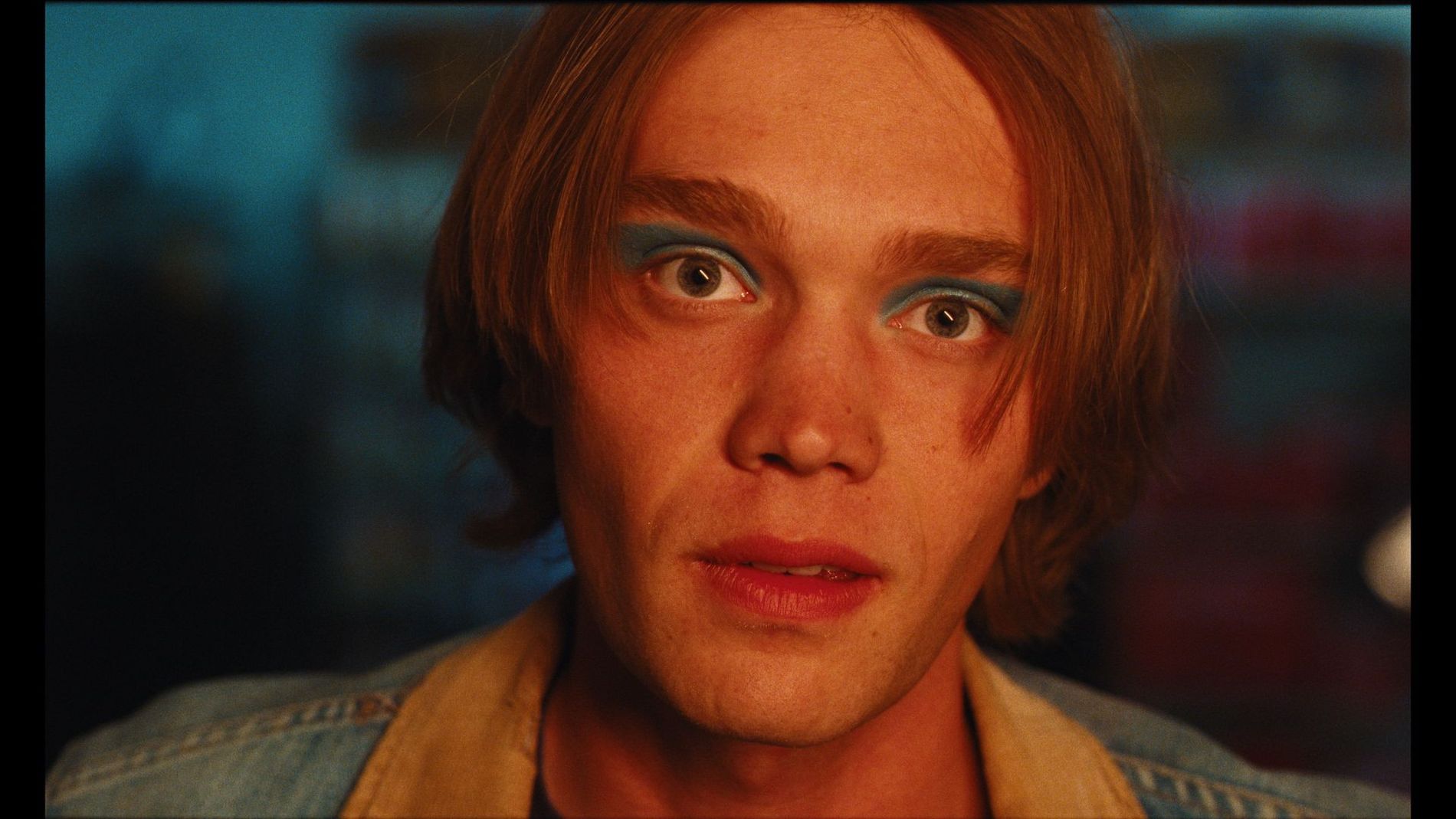
Photo: National Anthem / Rio Pictures
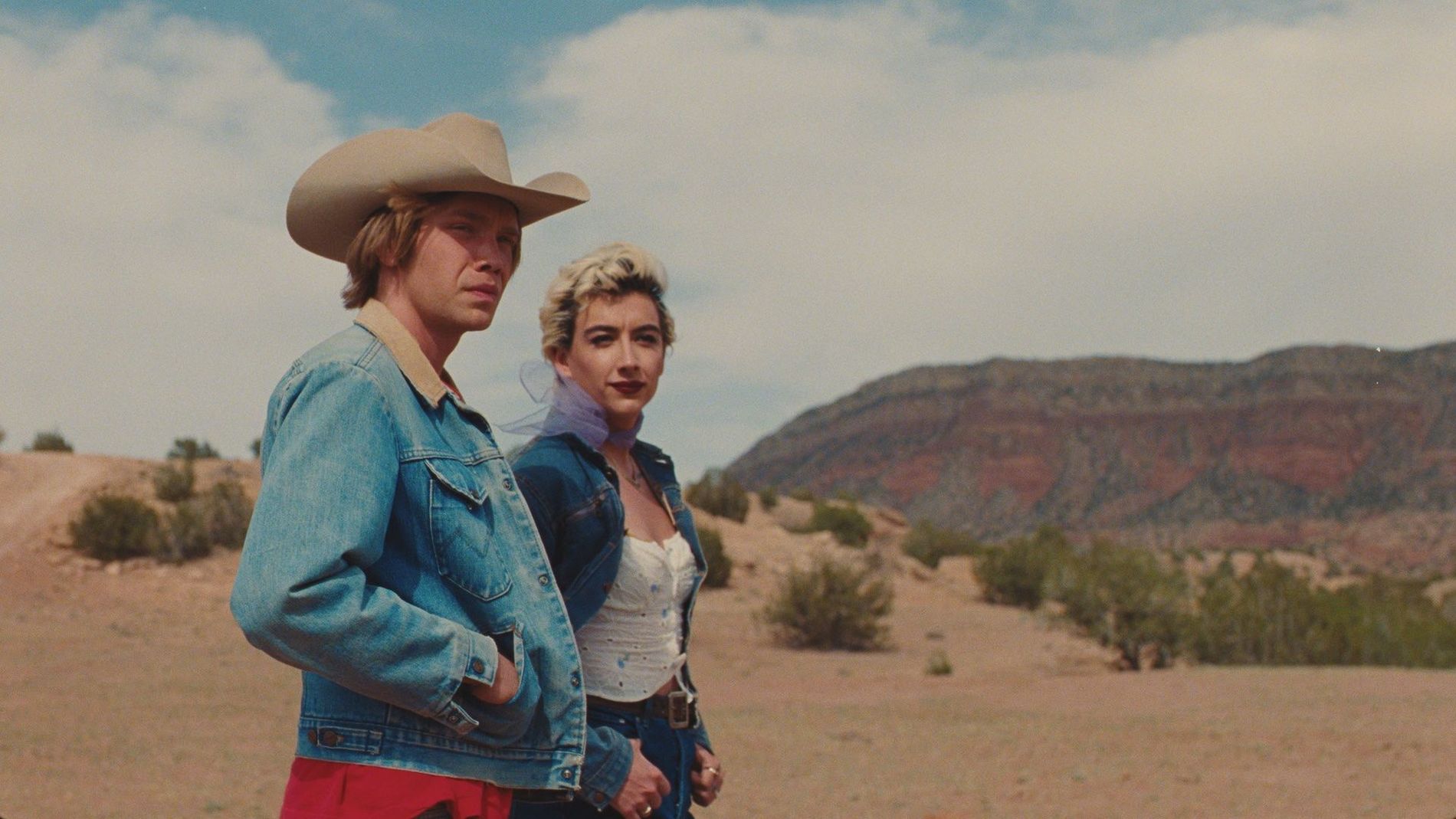
Photo: National Anthem / Rio Pictures
It was hardly Gilford’s first rodeo. A celebrated director (though this is his first features, he’s shot music videos for the likes of Troye Sivan and Ke$ha) and photographer (not to mention a frequent Vogue contributor), he grew up the son of a real-life cowboy; his dad was a member of The Professional Rodeo Cowboys Association. But it wan’t until Gilford discovered the IGRA that he felt a visceral connection to cowboy culture (these days, he’s oft seen wearing a cowboy hat and denim-heavy fits). This epiphany culminated in a photography book, National Anthem: America's Queer Rodeo, which documents this vibrant subculture. Shortly after the book was published, he began writing this film.
I remember being so struck by [Charlie Plummer's] patience and how different his energy was compared to these other young actors, who were very ego-driven. He had such a zen, peaceful quality.
Luke Gilford
When Gilford first met Plummer, he was, fittingly, wearing a silk cowboy shirt. “It was Raf Simons for Calvin Klein era,” recalls Gilford, who was shooting Plummer for a classic ‘Hot Young Actors’ magazine feature. “I was just in the early stages of writing National Anthem and saw him in that shirt and it just hit me, like, ‘My god, this is Dylan’.” It wasn’t just the look, but Plummer’s contemplative nature, which stood in contrast to the other actors on set. “I remember being so struck by his patience and how different his energy was compared to these other young actors, who were very ego-driven. He had such a zen, peaceful quality.” As the shoot wound down, Gilford and Plummer hung out and watched the sunset, chatting about films and “just connecting”.
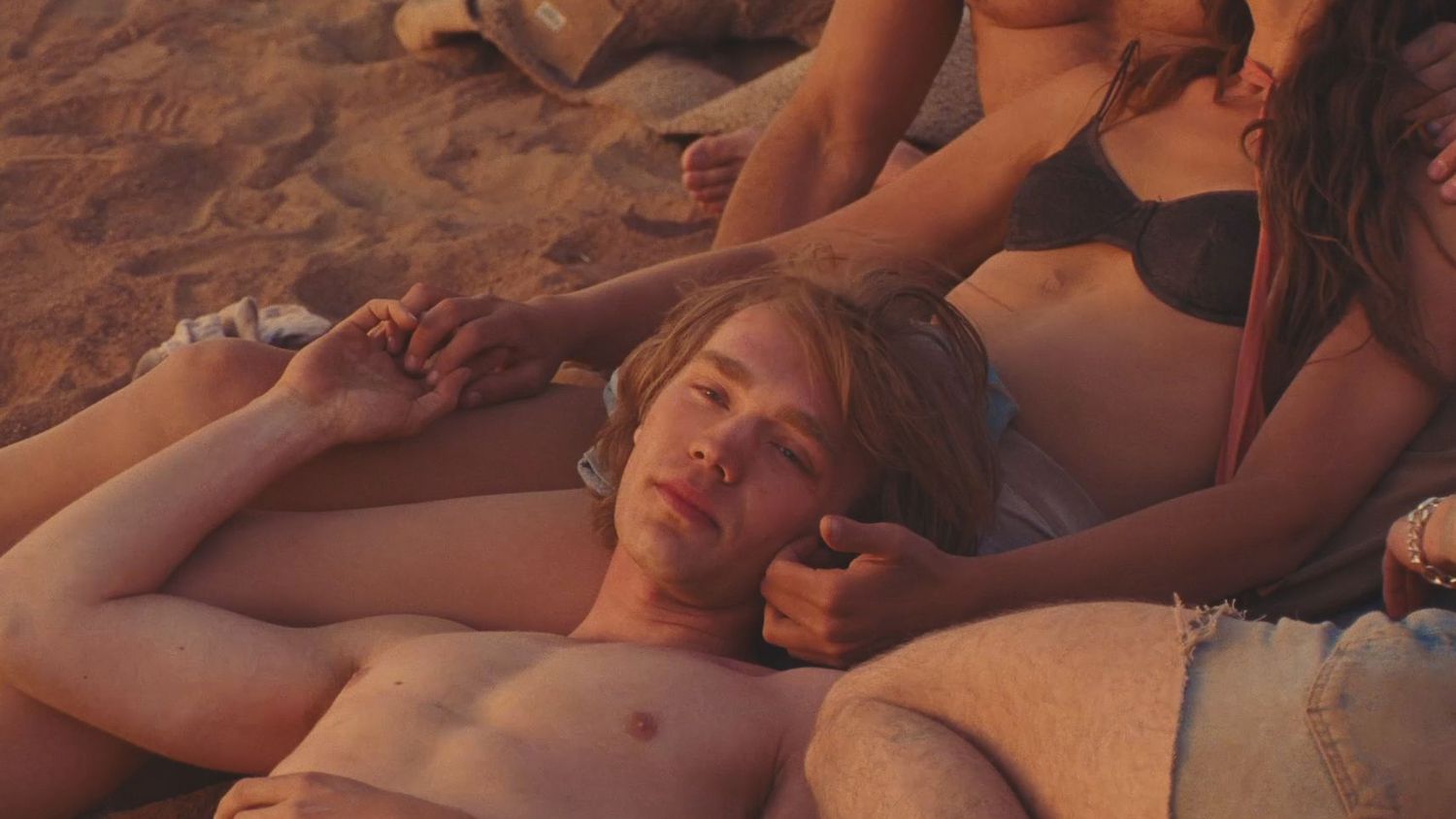
Photo: National Anthem / Rio Pictures
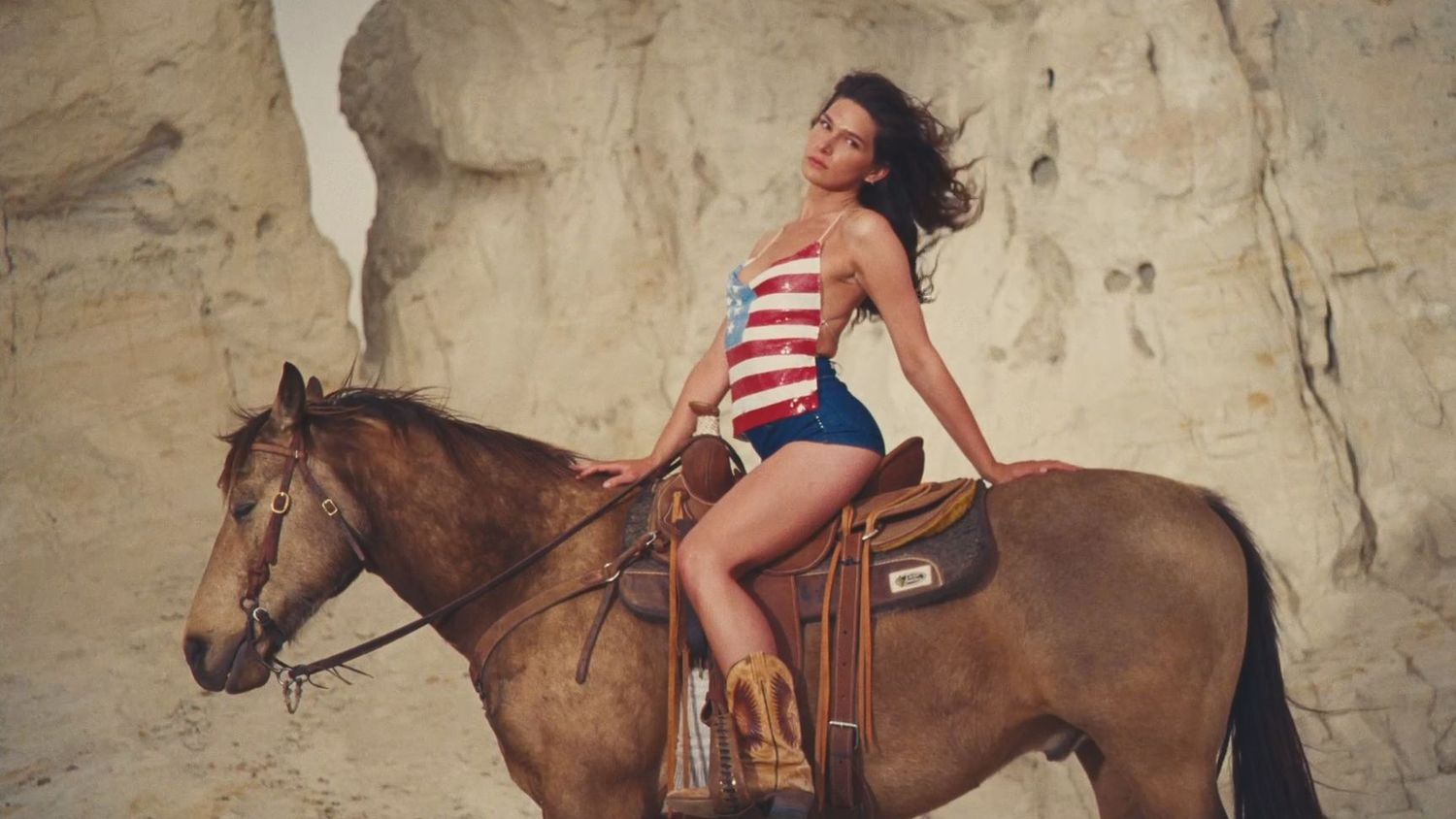
Photo: National Anthem / Rio Pictures
Shooting National Anthem provided a slew of other firsts for Plummer, including his first time in drag. “I had so much fun doing it,” says Plummer, noting how pivotal that moment was for his character’s transformation. “It was a dream come true because my little brother in real life is a massive drag fan, and so that was really special because I flew him out for that one day to watch.” Though Plummer had meticulously prepared choreography, when it came time to take the stage he, by and large, abandoned any plans and just went with the moment. “Like, f*** all that – we really just have to find the freedom in it,” says Plummer. “It was really, really special, but I was so terrified.”
Plummer was more terrified doing drag, in fact, than he was whilst riding a bull – another first captured on camera. “Charlie was so fearless to get on the bull, but then was terrified to do drag,” says Gilford. “It’s hilarious, but it’s also – and this is the first time I’ve said this out loud – the thesis of the film. It’s wanting to show or create a new archetype of the classic cowboy who is so brave to get on the bull but is also brave enough to try drag. That’s a different type of bravery – embracing the masculine and feminine without fear of prejudice.” What sort of waivers were signed before putting the film’s lead on a real life bull? Plummer smiles and says, “No waivers signed. Or… every waiver – all of them.”
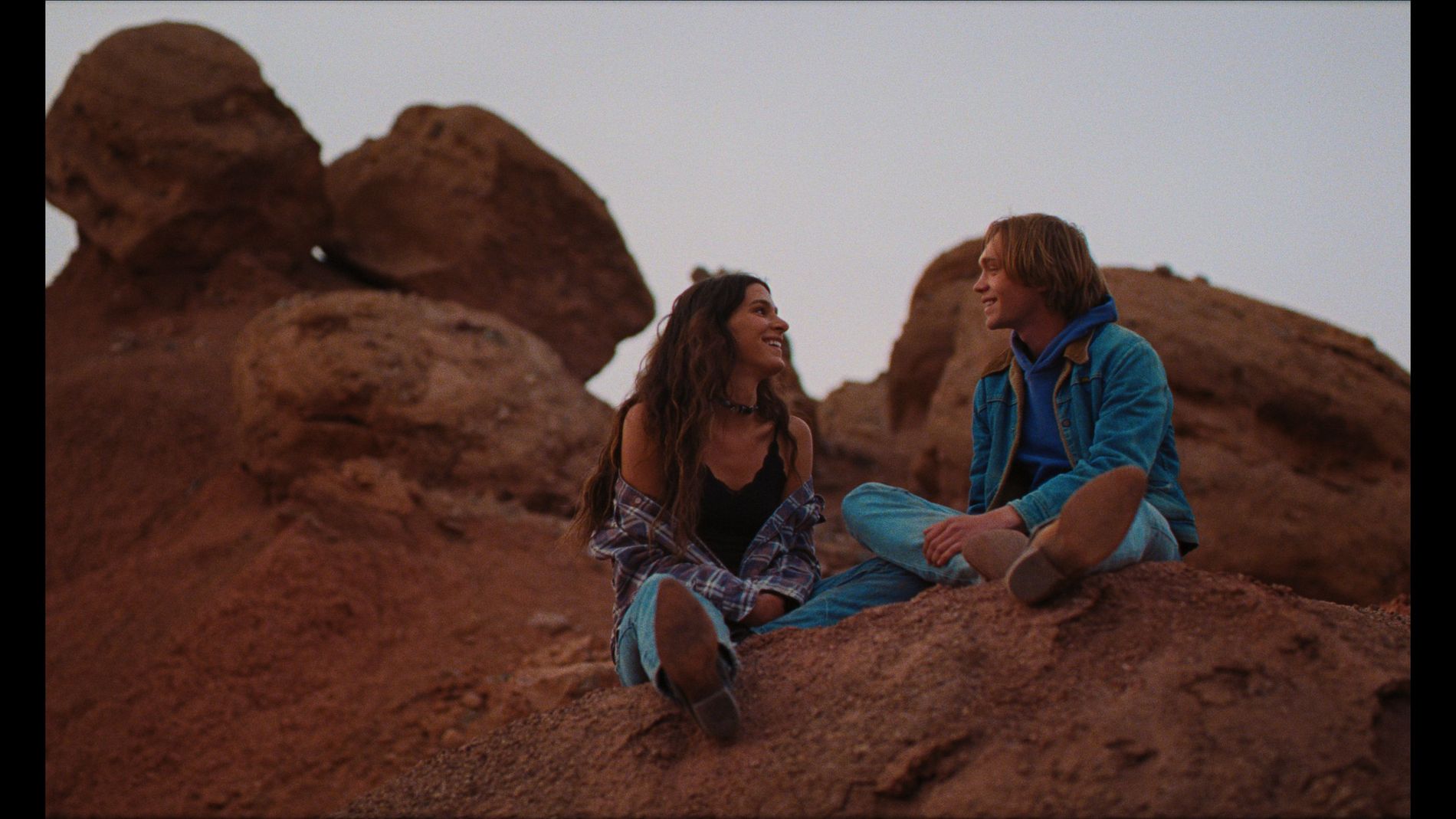
Photo: National Anthem / Rio Pictures

Photo: National Anthem / Rio Pictures
We were long overdue a film that presents a new type of cowboy, specifically a new type of queer cowboy; it’s been almost two decades since Brokeback Mountain, and while the film was boundary-breaking at the time, it’s a tragedy, directed by a straight director populated by straight actors. It’s a film about repression and hiding one’s true self; a stark contrast to National Anthem, which revels in joy and self-acceptance. “It’s time for something that’s a little bit more contemporary, that reflects the world that we’re in now,” says Gilford, noting that not only is Brokeback Mountain a 20-year-old film, it’s set in a time long before that. “That type of romance and love and representation of the queer community just does not feel relevant to the world we’re living in now.” This world – with its magic hour lighting and unapologetic beauty – is the sort we want to live in. Giddy up.
National Anthem premieres in Sweden this Friday October 18th. To get tickets, click here.
